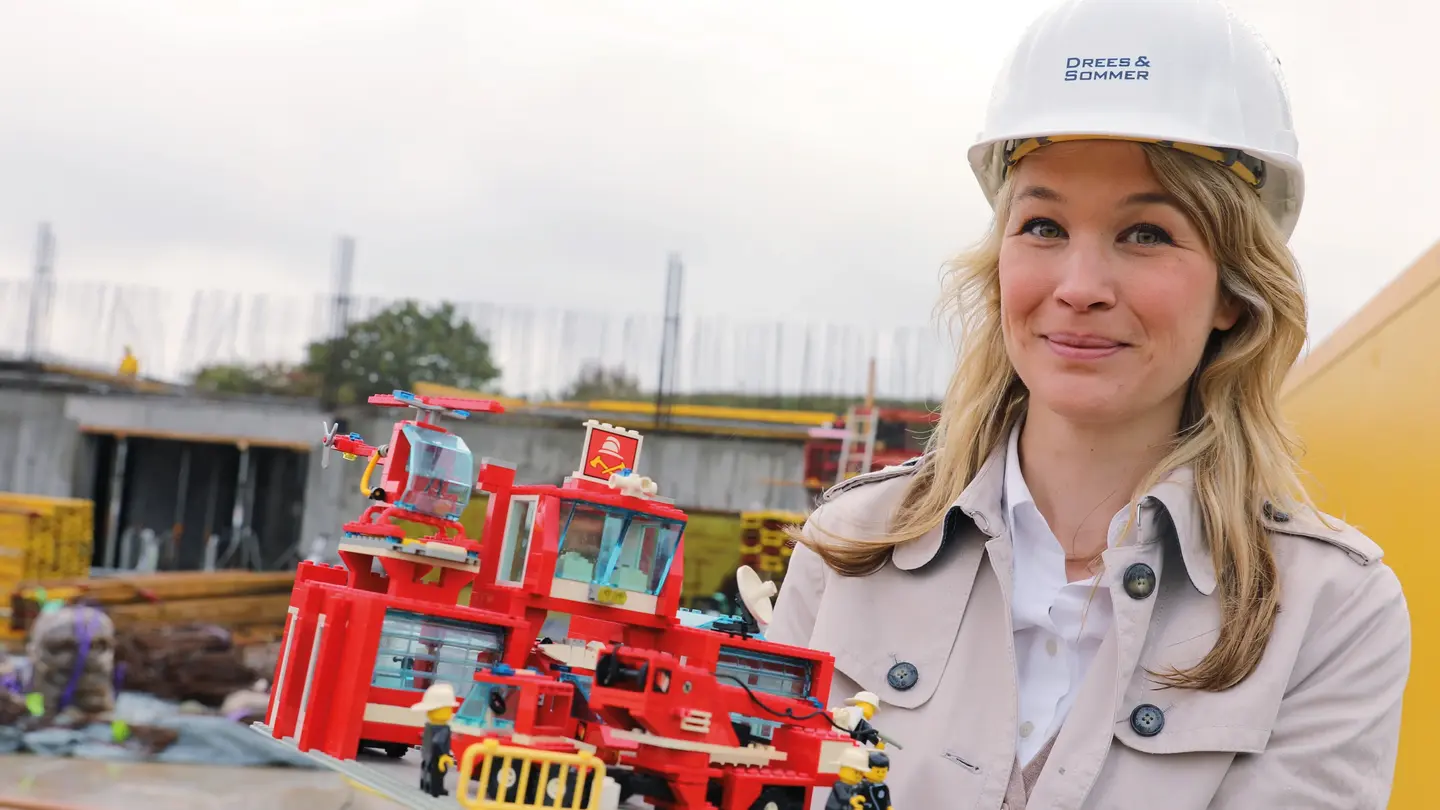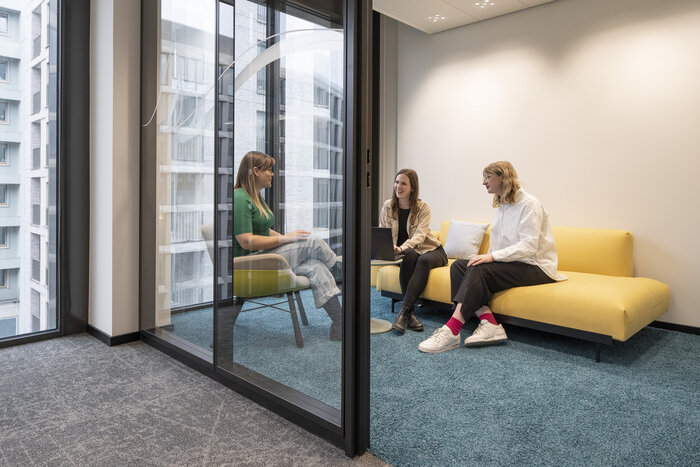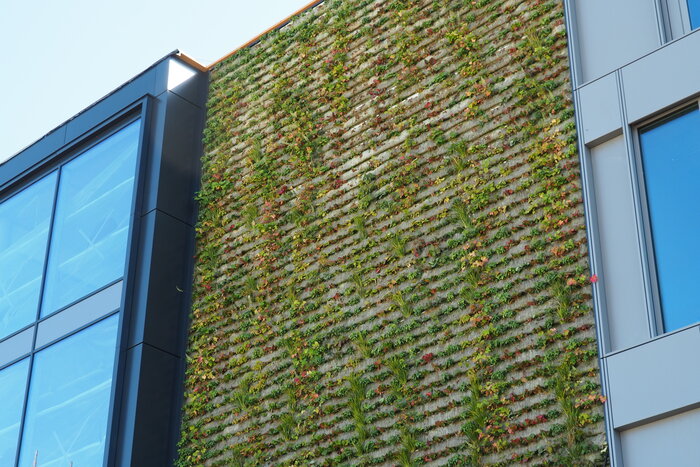Circular economy in the construction industry

Daniela Schneider didn’t play with Barbie dolls because she much preferred playing with Lego bricks as a child. Her favorite thing to build with the little plastic blocks was a fire station. Almost three decades later, Daniela Schneider is once again building a fire station. This time it’s a real one for the volunteer fire brigade in the small Swabian community of Straubenhardt. What’s different about this project is that the fire station is one of the first Cradle to Cradle(R) projects in the public sector.
Although larger and real, the construction project in Straubenhardt has something fundamental in common with the Lego model from the 1980s: it consists of a kind of construction kit and the individual parts are not firmly connected at any point, so the fire station can theoretically be dismantled into its individual parts at any time. Why? Because it is sustainable. All the materials used in the building can be separated by type and reused at the end of its useful life. This principle is called Cradle to Cradle.
Circular economy in the construction industry: Why Cradle to Cradle is becoming increasingly important
Cradle to Cradle (C2C) is about closing material cycles based on the example of nature. It is applied, for example, in the textile, cosmetics, packaging, and construction industries. Daniela Schneider is the C2C specialist at EPEA GmbH—Part of Drees & Sommer. “In the construction industry, C2C means that all structures are designed in such a way that their components are preserved in terms of quality and can be reused after the utilization phase. Buildings become raw material depots, so to speak,” explains the engineer. In addition, no harmful building materials are used wherever possible.

Daniela Schneider on the construction site of the fire station in Straubenhardt
How sustainable construction works in the circular economy
Daniela Schneider first became interested in sustainable construction in 2009. In the past, construction had always been about cost and functionality, but now it is also about energy efficiency. “In times when raw materials are scarce, we have to plan buildings in such a way that the materials used can be reused and given a new life,” she explains. Daniela Schneider has been supporting construction projects from the initial design to final acceptance at Dreso since 2016. This comprehensive insight is what she particularly likes about her job. She also enjoys the freedom she has at the company. “I can think outside the box and think laterally,” she says. That was her favorite part of building with Legos as a child. “I only followed the instructions when I built each model for the first time.” After that, she planned her miniature cities without instructions.
In addition to providing project support, Daniela Schneider writes publications on the subject of C2C, gives specialist lectures, is represented on numerous committees of the German Sustainable Building Council (DGNB), and imparts her knowledge at the Stuttgart University of Applied Sciences. “The students are a bit overwhelmed at first when I ask which reversible designs for recyclable construction they have included in their designs.” This is because the design aspect is often still in the foreground during education and training. “However, architecture and sustainable construction are not mutually exclusive,” Daniela Schneider states firmly. The best proof of this has been visible in Straubenhardt since 2022. In 2023, the project won €25,000 of prize money in the Klimaaktive Kommune (Climate-active municipality) competition.
Article was edited // original contribution from October 2020


